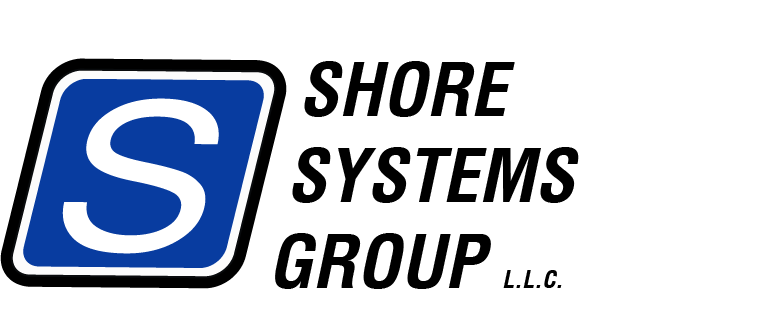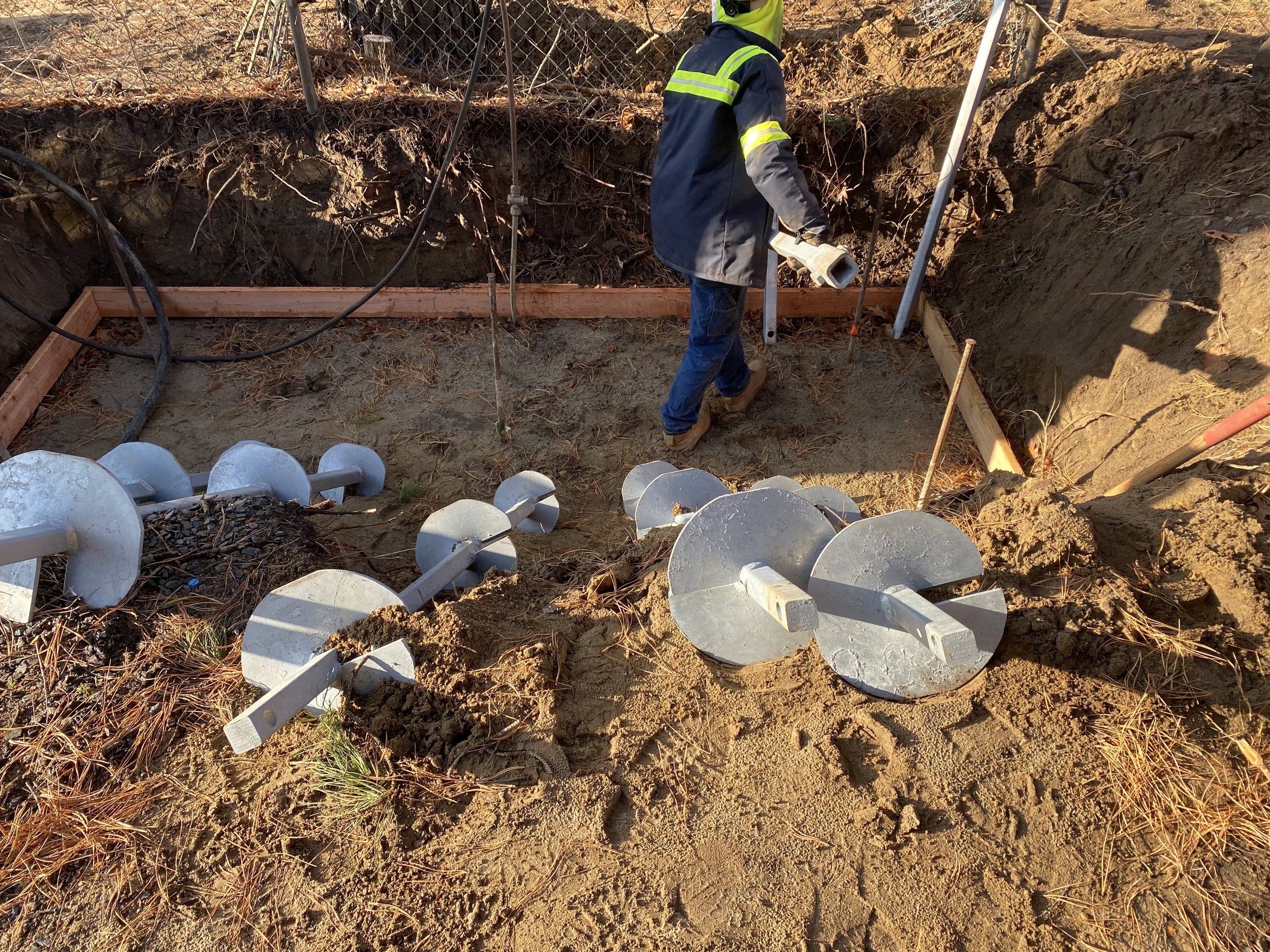Retaining Wall Tiebacks: Helical Earth Anchors
Are you looking to build a retaining wall? Are you looking for a solution to a soil stabilization or retaining wall problem? Helical piles or earth anchors might be the solution to your tieback system for a retaining wall. We will now look at the benefits of screw piles in retaining wall construction and repair.
What are Helical Tiebacks?
Helical lead shafts for earth anchoring systems.
Helical tiebacks are a system of screw shafts, rods and other items that can be used to support, strengthen and anchor retaining walls or bowed walls. Helical earth anchor tiebacks have become the industry's most popular method of anchoring structures, from house foundations to retaining walls. They provide lateral support for foundations, retaining walls and other earth retention structures.
Helical Tieback System
The helical tiebacks are composed of three primary components.
The lead/thread bar
A number of extensions
A cap/adapter for the end
Section Lead
The helical tieback system's driving force is the lead. It is a threaded bar made of various-sized metal helices and looks like a large screw.
The size of the helical will vary depending on the soil condition and the anchoring requirements.
Larger flights are required for soils that are less compacted or wet. More compact soils will require smaller flights.
The reasoning behind the different-sized flights is to ensure:
The helical screws are able to produce the required capacities needed to retain the structure of what it is anchoring
The anchors are able to achieve the required installation depth into the soils.
Those items are the only reason for the varying sizes of the helical flights, or how large the earth or soil screws are on the lead section.
Helical anchors grab more soil than other types of retaining wall anchors.
Extensions
Extensions are used to connect two sections. They are made of the same shaft that the lead section but do not have flights or screws.
Extensions are made with a coupler at one side and a receiver on the other. They can be used together with an extension, lead, or end adapter. A tieback may have multiple extensions depending on how deep the tieback is..
End Adapters
Your transition piece to your helical tieback is the end adapter. These are large bolts and threaded rods that can be attached to a steel plate, whaler beam or other structure to restrain it.
An end adapter is a cap that can be used to construct new retaining walls. The cap is shaped like a square plate, and the size can be varied.
The cap is enclosed by rebar in a wall form. It will eventually be covered with concrete and integrated into the wall.
The Advantages of Helical Tiebacks
They can be placed in tight places
Screw anchors allow for immediate loading
You can install helical tiebacks in any weather
Helical earth anchors don't require excavation during their installation
They increase the foundation's holding strength or retaining walls' durability.
Tiebacks very cost-effective
Helical tiebacks don't require concrete
Helical anchors can be permanent or temporary.
These are ideal for supporting excavation of temporary shoring.
Environmentally friendly
Conclusion
Helical earth anchors are a smart choice for retaining wall and bulkhead construction and repairs. They make your walls more stable, while saving time and money. They are also installed faster and with less property damage. If you need to consult with New Jersey’s leading helical tieback installer for your retaining wall construction or repair, get in touch with Shore Systems Group today!
Other related articles:


